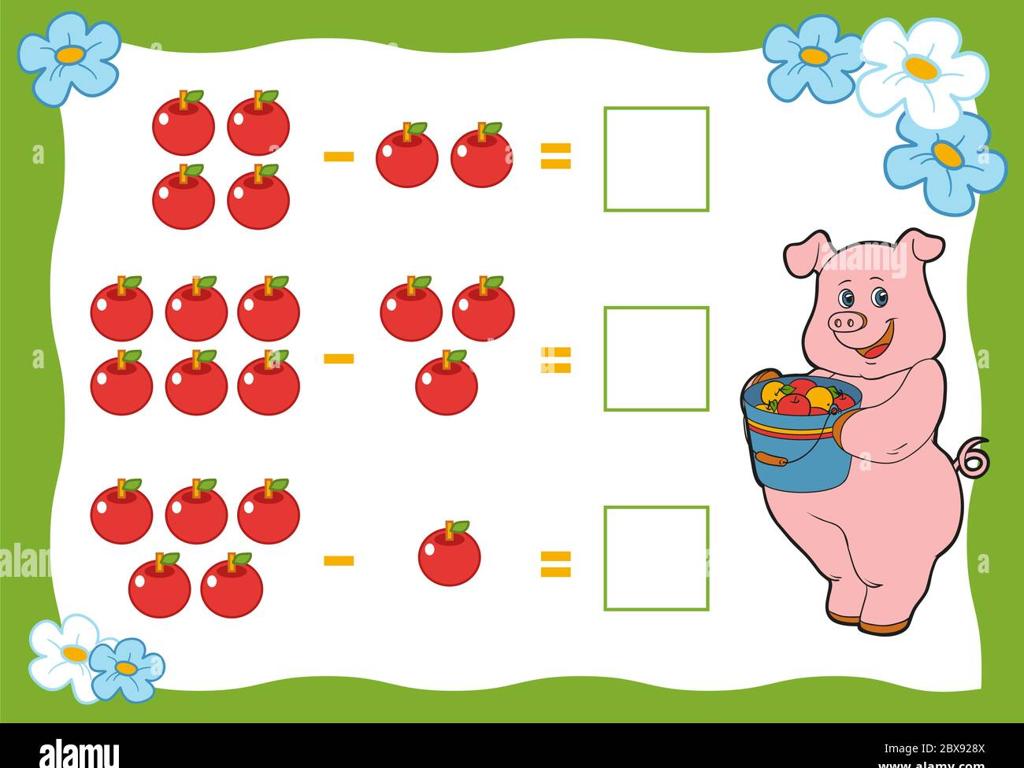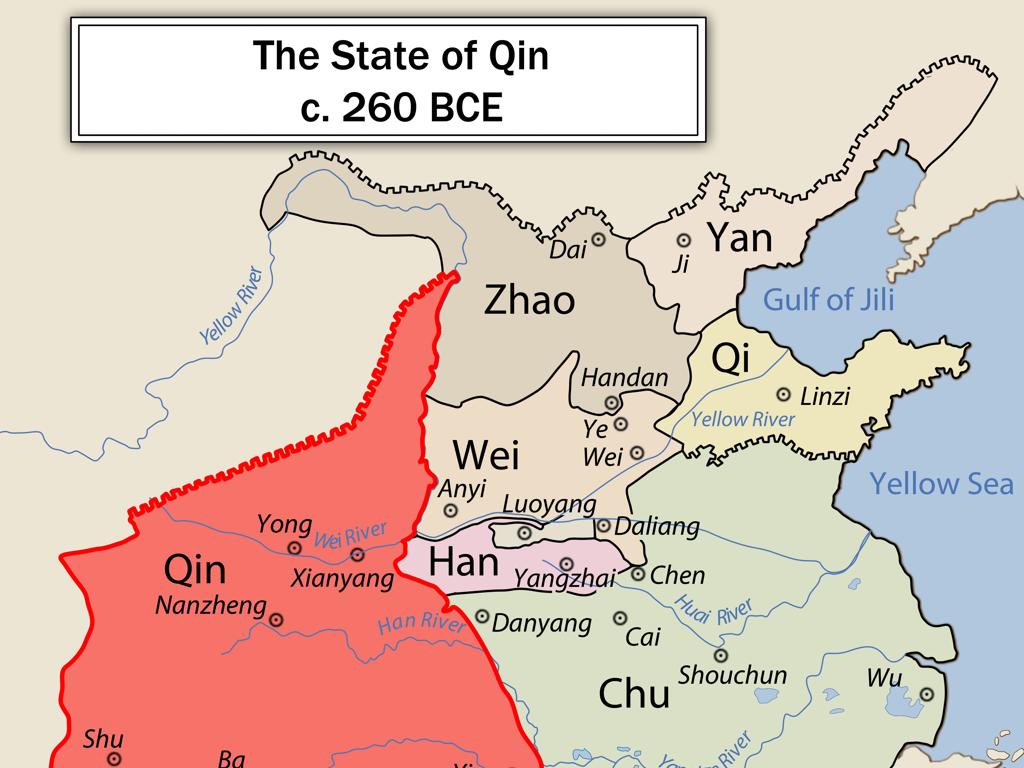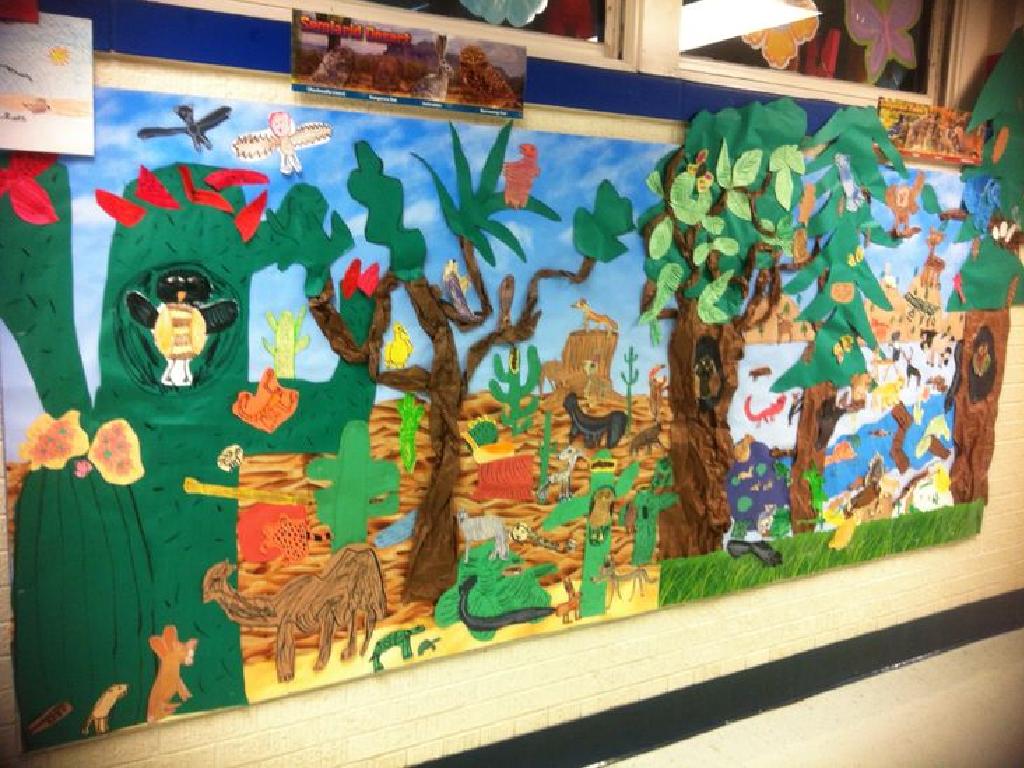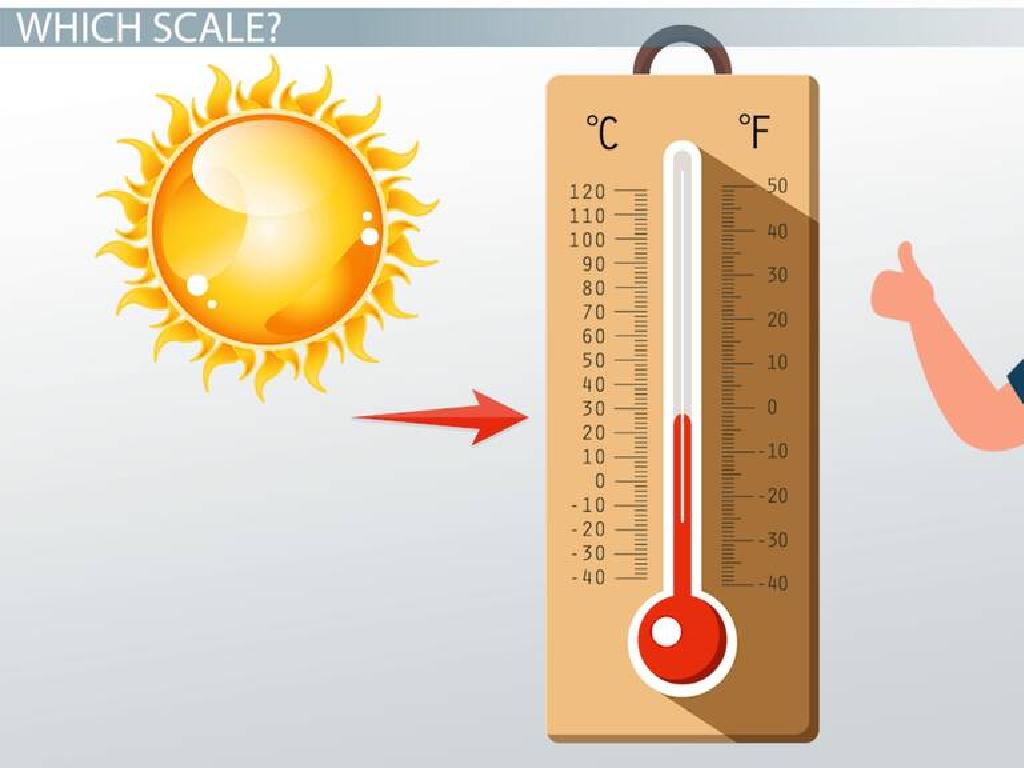Explore Energy Transformations: Bike Ride
Subject: Science
Grade: Seventh grade
Topic: Kinetic And Potential Energy
Please LOG IN to download the presentation. Access is available to registered users only.
View More Content
Introduction to Energy: Kinetic and Potential
– Energy defined: capacity to work
– Kinetic vs. Potential energy
– Kinetic: motion energy, Potential: stored energy
– Energy transformation in real life
– Example: A roller coaster at the top has potential energy which transforms to kinetic as it descends
– Exploring energy on a bike ride
– How pedaling a bike converts potential energy into kinetic energy
|
Begin the lesson by defining energy as the ability to do work or cause change. Explain that energy comes in various forms, with kinetic energy being associated with objects in motion and potential energy being stored energy. Use everyday examples to illustrate energy transformations, such as a roller coaster converting potential energy to kinetic energy as it goes down a hill. For a relatable example, discuss how riding a bike involves transforming the rider’s potential energy into kinetic energy through pedaling. Encourage students to think of other examples where they can observe kinetic and potential energy in action.
Exploring Kinetic Energy
– Define Kinetic Energy
– Energy an object possesses due to its motion
– Kinetic Energy is motion energy
– Anything moving has kinetic energy
– Examples: Running, Falling, Cycling
– When you run, fall, or ride a bike, you’re using kinetic energy
|
Kinetic energy is a fundamental concept in understanding energy transformations, especially in a bike ride scenario. Begin by defining kinetic energy as the energy an object possesses due to its motion. Clarify that any object that is moving, whether it’s a small ball rolling down a hill or a person cycling, has kinetic energy. Provide everyday examples to which students can relate, such as running, falling, or cycling, to illustrate the concept. Emphasize that the faster an object moves, the more kinetic energy it has. Encourage students to think of other examples of kinetic energy and consider how the energy is transformed during these activities.
Understanding Potential Energy
– Define potential energy
– Energy that is stored and held in readiness
– Energy stored by position
– Higher the position, greater the potential energy
– Example: A drawn bow
– Potential energy is stored as the bow is drawn back
– Example: A ball at a hilltop
– A ball has maximum potential energy when it’s at the peak
|
Potential energy is the energy that an object has because of its position relative to other objects. It’s like having a battery that’s charged up and ready to go. When we talk about a drawn bow, the energy is stored in the stretched position of the bowstring. Similarly, a ball held at the top of a hill has potential energy because of its high position; the higher it is, the more energy it has. This concept is crucial for understanding energy transformations during a bike ride, as the rider’s position and movement will continuously convert potential energy into kinetic energy and vice versa.
Energy Transformations: Bike Ride
– Energy can change forms
– Potential to Kinetic: Downhill
– Releasing a ball downhill shows potential energy converting to kinetic
– Kinetic to Potential: Uphill
– Pushing a ball uphill converts kinetic energy back to potential
– Observing energy on a bike ride
– Notice how pedaling harder (using energy) helps you go up a hill
|
This slide introduces the concept of energy transformations, focusing on the conversion between potential and kinetic energy during a bike ride. Students should understand that energy is not lost but transformed from one form to another. When a cyclist rides downhill, the bike’s potential energy due to its position is converted into kinetic energy, the energy of motion. Conversely, as the cyclist pedals uphill, kinetic energy is used to increase the bike’s potential energy. Encourage students to think about how they feel when riding a bike uphill versus downhill to relate to the concept of energy transformation. This will help them grasp the practical applications of potential and kinetic energy in everyday activities.
Energy Transformations During a Bike Ride
– Starting the ride: Muscles to Motion
– Muscular energy converts to kinetic as you pedal.
– Going uphill: Motion to Height
– Kinetic energy changes to potential going uphill.
– Going downhill: Height to Speed
– Potential energy turns back to kinetic downhill.
– Energy transformation recap
|
This slide explores the concept of energy transformations through the stages of a bike ride. When starting, the rider uses muscular energy to pedal, converting it into kinetic energy, which is the energy of motion. As the rider goes uphill, the kinetic energy is converted into potential energy, which is stored energy based on the height of the hill. Descending the hill, the potential energy is converted back into kinetic energy, increasing the bike’s speed. This process is a practical example of the conservation of energy principle, where energy is not lost but transformed from one form to another. Encourage students to think of other examples where they can observe kinetic and potential energy transformations in their daily lives.
Calculating Energy on a Bike Ride
– Kinetic Energy (KE) formula
– KE = 1/2 mv^2, where m is mass, v is velocity
– Potential Energy (PE) formula
– PE = mgh, where m is mass, g is gravity, h is height
– Variables in energy formulas
– m = mass, v = velocity, h = height, g = gravity (9.8 m/s^2)
– Energy transformation examples
– As you pedal uphill (gain height), PE increases; as you ride downhill, KE increases
|
This slide introduces the mathematical aspect of energy in the context of a bike ride. Students will learn how to calculate kinetic energy using the formula KE = 1/2 mv^2, where ‘m’ stands for mass and ‘v’ for velocity. They will also learn to calculate potential energy with the formula PE = mgh, where ‘m’ is mass, ‘g’ is the acceleration due to gravity (9.8 m/s^2), and ‘h’ is height. Emphasize the importance of understanding each variable and how they relate to a real-world scenario like biking. For example, as a biker goes up a hill, their potential energy increases due to their height above the ground. When coming down, their velocity increases, thus increasing their kinetic energy. Encourage students to think of other examples where kinetic and potential energy transform into each other.
Energy Transformations: Cyclist’s Journey
– Apply energy concepts to cycling
– How does a cyclist use energy while riding?
– Identify max Kinetic & Potential energy
– Highest kinetic energy when going fastest; potential energy peaks on hilltops
– Understand energy conservation
– Energy in a closed system is not lost, just transformed
– Explore closed system energy dynamics
|
This slide aims to help students understand energy transformations through the relatable example of a cyclist’s journey. Discuss how a cyclist uses kinetic energy to move and gains potential energy when going uphill. At the hilltop, the cyclist has maximum potential energy, which transforms into kinetic energy as they descend. Emphasize the principle of energy conservation within a closed system, where energy is neither created nor destroyed, only transformed from one form to another. Use this concept to explain how the total energy of the cyclist and bike system remains constant, assuming no external forces like friction. Encourage students to think of other examples where energy transforms from kinetic to potential and vice versa.
Class Activity: Energy Scavenger Hunt
– Find examples of Kinetic and Potential energy
– Look for moving objects for Kinetic, and objects at height or tension for Potential
– Discuss observed energy transformations
– How does Kinetic change to Potential energy and vice versa?
– Present findings to the class
– Share your examples and explanations with peers
– Reflect on the activity
– Think about how energy is everywhere in our daily lives
|
This activity is designed to help students identify and understand kinetic and potential energy in real-world contexts. Students will search around the school for examples of both types of energy, such as a swinging pendulum for kinetic energy or a book on a shelf for potential energy. They should consider how energy changes form, like how a ball thrown in the air has kinetic energy that transforms into potential energy at the peak of its arc. After gathering examples, students will present their findings, explaining the energy transformations they observed. This will foster a deeper understanding of the concepts and enhance public speaking skills. Possible variations of the activity could include a photo challenge, where students take pictures of their examples, or a creative writing task, where they describe a day in the life of a form of energy.






